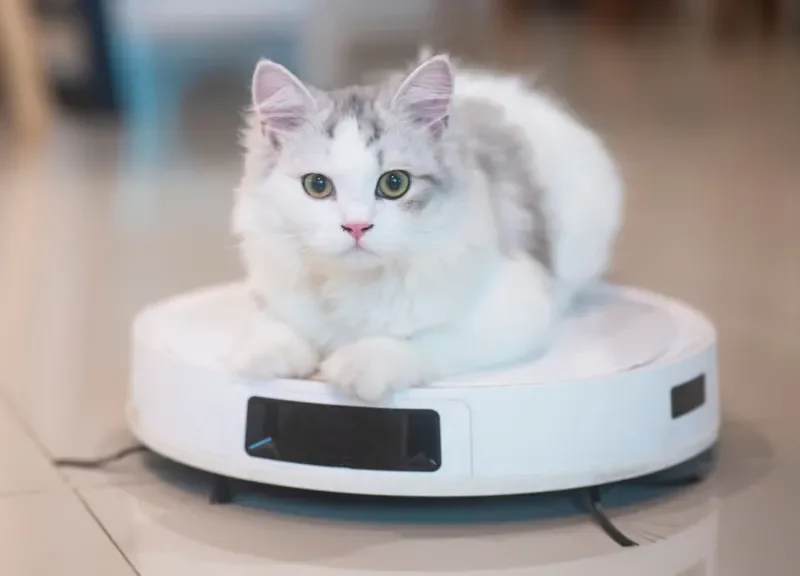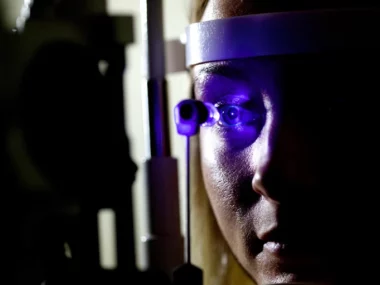Researchers at the University of Bath have modified a robot vacuum to charge a phone and assist with home workouts, arguing that these devices are underutilized. Typically used for less than two hours a day, the team believes robot vacuums could handle many more household tasks. To demonstrate this, they reprogrammed a Roomba to perform additional duties and suggested further possibilities, including entertaining a cat or watering plants. Lead researcher Yoshiaki Shiokawa noted that while these robots are seen as single-function tools, they have much greater potential.

The researchers believe that with added attachments, a robot vacuum could take on a wider range of household tasks.
Valued at $10.3 billion in 2023 and projected to reach $24.5 billion by 2028, the household robot market is rapidly expanding, making these machines more common in everyday homes. While some might doubt their versatility—especially since current models can struggle with tasks like navigating rugs or avoiding shoelaces—scientists from the University of Bath and the University of Calgary aim to challenge that perception. Their research suggests that devices like robot vacuums and lawnmowers could be easily reprogrammed and enhanced. In their study, they identified 100 potential functions and successfully modified a Roomba to carry out four of them.

One modification involved attaching a phone charger to the robot vacuum and programming it to follow the user around.

Another adaptation featured a robot vacuum fitted with a projector to display workout videos on a wall or ceiling.

They also created a ‘home monitor’ by attaching a live video feed to the robot, allowing users to remotely check areas like the oven.

Another setup included a screen displaying ‘do not disturb’, with the robot programmed to move to a designated spot to help reduce interruptions.
The researchers also suggested that a reprogrammed robot vacuum could be used to carry groceries from the car to the kitchen. Yoshiaki Shiokawa, a PhD candidate in computer science at the University of Bath, said the project demonstrated that with only minor changes, a Roomba could perform various household roles. He noted that these devices often remain unused for most of the day.
While some added features—like a cart, helmet, or robotic arm—aren’t typically found in homes, Shiokawa emphasized that people should expect more from their household robots. He encouraged expanding their functionality by programming them to move around the home and complete different tasks.
Dr. Adwait Sharma, the study’s co-author, agreed, highlighting that the robots’ downtime opens up valuable opportunities to meet the growing demand for versatile, integrated home systems.











